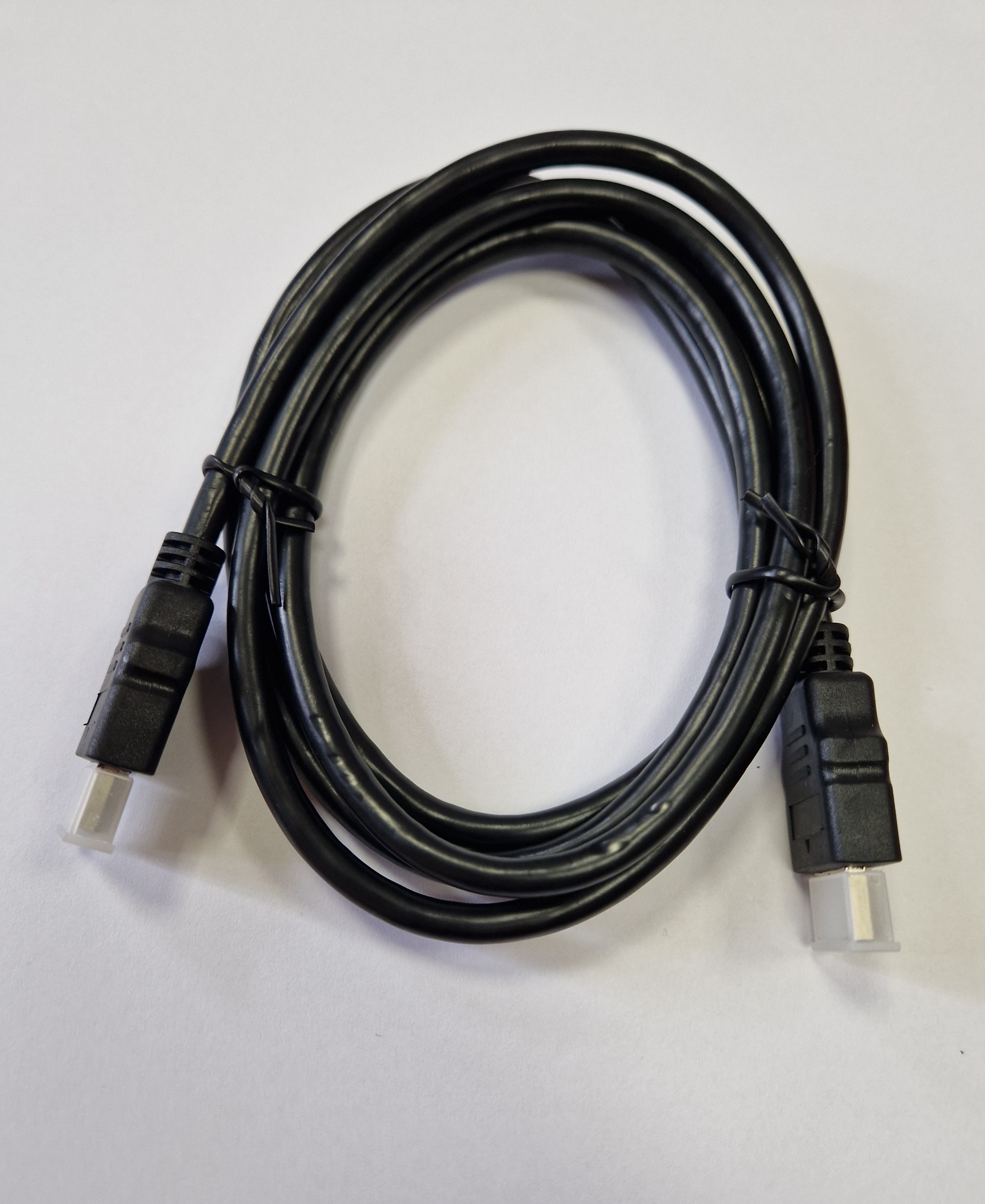- Special Offers
- Transceiver Radio
- Transceiver Accessory
- Antennas
- Antenna Accessory
- Cable
- Coax Antenna Cable
- Assembled Coax Cable
- Ethernet Cable
- HDMI Cable
- Connector
- Installation Material
- Installation Tools
- Measuring Equipement
- Electrosmog
- Telephone
- Baby Monitor
- Fever Thermometer
- Radio Device
- Set-top Boxes
- Personal Protective Equipment
- Motorcycle Helmet Speaker
- Car Equipment
- Voltage Converter
- Dry Cell
- Battery
- Battery Charger
- Emergency Signal
- Amber Signal
- Sound Signal
- Light and Sound Signal Accessory
- Traffic Engineering
- LED Lamp
- Smart Home
- Mosquito Repellent Device
- Market - Other Products
- Discontinued Products
Cable
- further categoriesCables are an integral part of modern communication and network systems. They are used to transfer data and information between devices, and their efficiency can have a significant impact on the speed and quality of communications. A wide range of cable types are available for different applications, including radio frequency antenna cables, wifi antenna cables, Ethernet cables, UTP and FTP cables.
Antenna cables
Radio frequency antenna cables or coaxial cables are used to transmit radio frequency signals. The two most commonly used coaxial antenna cables are the 50 ohm RF coaxial cable and the 75 ohm coaxial cable. These consist of an inner conductor surrounded by an insulating layer and then a metal shield. The metallic shielding is usually made of braided wire, which provides electromagnetic shielding, and an outer sheath to protect the cable from physical damage. Coaxial cables are widely used in cable television, Internet and telephone services, and high-frequency electronic equipment.
50 ohm RF coax cable
50 ohm RF coaxial cables are designed to transmit high frequency signals with minimal loss and interference. Commonly used in radio communications, wireless networks and other applications requiring high signal integrity such as high-speed data transmission, microwave signals and radar systems. These RF coaxial cables have a typical impedance of 50 ohms and are ideal for connecting 50 ohm impedance devices such as transceivers, antennas and signal generators. The most common type of 50 ohm coaxial cable is RG-58, which has a diameter of approximately 4.95mm and a maximum frequency of 1 GHz.
75 ohm TV coax cable
75 ohm coaxial cables are designed to transmit video and audio signals with minimal loss and distortion. They are commonly used in broadcast and cable television systems, video cameras, security cameras. These TV coax cables have a typical impedance of 75 ohms, which means they match the impedance of most video equipment, including TVs, VCRs and DVD players. The most common type of 75 ohm coaxial cable is RG-59, which has a diameter of about 6.05mm and a maximum frequency of 1 GHz.
Wifi antenna cable
A pre-mounted WiFi antenna cable is a short coaxial cable used to connect a WiFi antenna to a wireless device such as a router or access point. It is called a "pigtail" because it is short in length and has connectors at each end that are used to connect to the wireless device or antenna.
WiFi pigtail cables are often used when the antenna needs to be located away from the wireless device. If, for example, the wireless device is located in a metal cabinet, the WiFi signal may be weak and an external antenna may be needed to boost the signal. In such cases, a WiFi antenna cable (pigtail cable) can be used to connect the external antenna to the wireless device, providing a stronger and more stable WiFi signal.
Pigtail cables are available in different lengths and connector types. The length of the cable depends on the distance between the wireless device and the antenna, and the connector type depends on the type of antenna and wireless device used. The impedance of the pigtail cable should match the impedance of the antenna and the wireless device, typically 50 ohms.
It is important to note that using a pigtail cable can result in signal loss due to the extra cable length and impedance mismatch. Signal loss can be minimized by using a good quality pigtail cable and ensuring that the impedance values match. In addition, the use of pigtail cable can also result in additional interference, so it is important to locate the external antenna in a place where there are no sources of interference.
Ethernet cable
Ethernet cables are the most commonly used cables in local area networks (LAN). They are designed to transmit data at high speeds over short distances. Ethernet cables have four twisted pairs of conductors and each pair is wrapped in a protective jacket. The twisted pairs reduce interference and the jacket provides additional shielding. There are different categories of Ethernet cables, including Cat5, Cat5e, Cat6 and Cat7, each with different specifications for data transmission speeds and maximum distances.
UPT cable
UTP (Unshielded Twisted Pair) cables are used to transmit data over networks and consist of four pairs of wires. Each pair is twisted together to reduce the penetration between pairs and the entire cable is encased in a protective sheath. UTP cables are the most commonly used Ethernet cables in LANs and are affordable, lightweight and easy to install.
FTP cable
FTP (Foiled Twisted Pair) cables are similar to UTP cables, but have an additional shielding layer wrapped around the twisted pairs in the form of a foil layer. This additional shielding provides extra protection against electromagnetic interference and penetrations. FTP cables are typically used in industrial environments where electromagnetic interference is high.
Our company is at your disposal with a wide range of antenna cables and Ethernet cables. On request, we can also manufacture custom cables. Contact us and together we will choose the cable type that suits you best.





